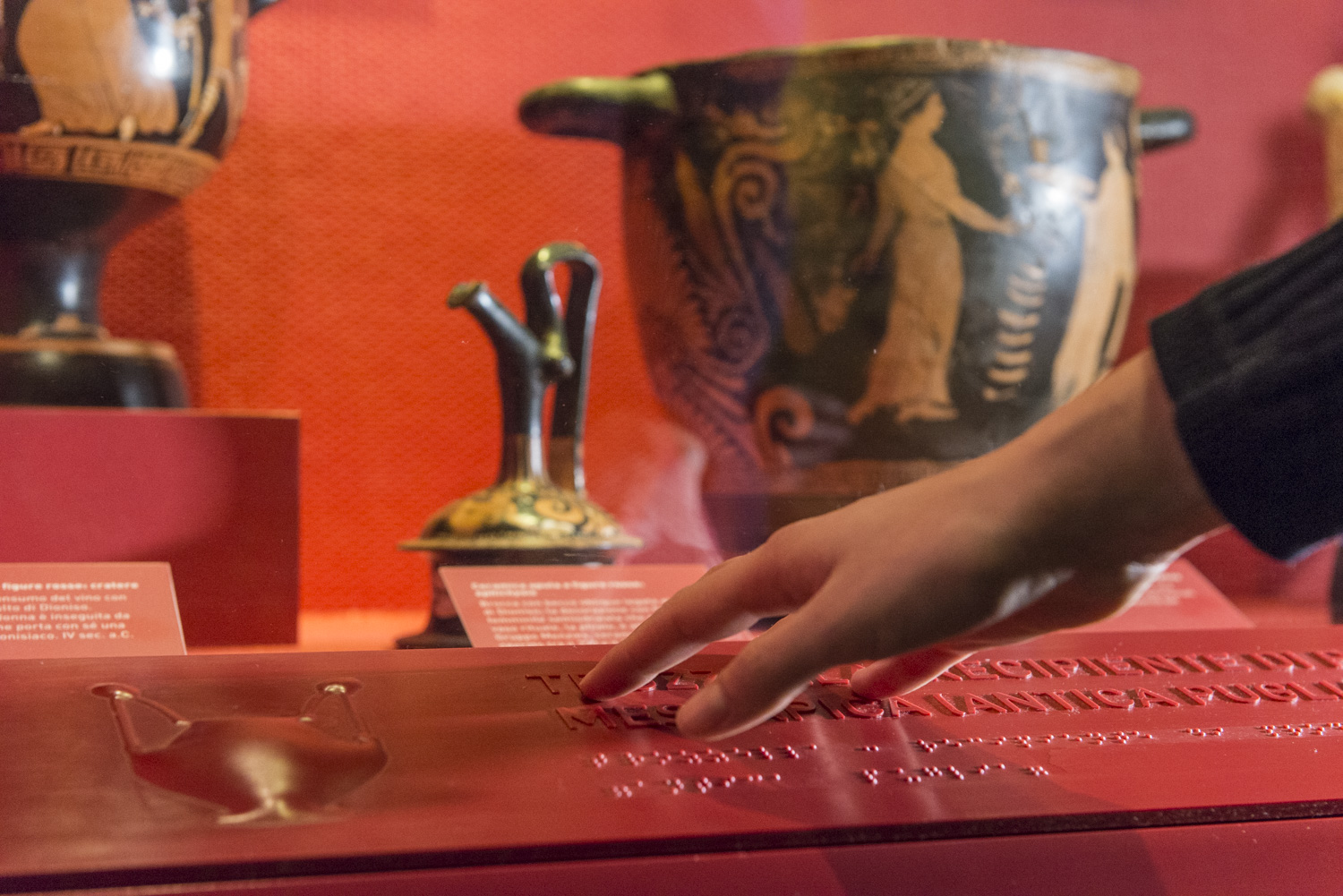Based on the slogan ‘nothing about us, without us’, museums from Italy, Austria, Croatia, Slovenia, Germany and Poland worked with disability associations, academics, training institutions and policy makers to define transnational standards aimed at improving the accessibility of museums.
- 18 September 2019
Culture is a fundamental right for everybody, and we have to dismantle the barriers to its full enjoyment. Accessibility is a process, and the Come In! project supports this process of approaching the cultural heritage in new multi-sensorial ways, promoting inclusive museums where there are no special needs, just culture for all.
The Come In! project brought together six central European countries in a collective effort to increase the number of visitors to small and medium-sized museums by making them more accessible to people with disabilities and raise awareness of the importance of inclusion and accessibility.
The project led to the compilation of the Come In! guidelines, a set of qualitative standards that are intended to help museums improve accessibility and promote access to culture with innovative approaches. From these guidelines, a dedicated COME-IN! label was developed, certifying a museum’s level of accessibility and guaranteeing its adherence to standards.
Assessment, planning and training
The project organised six pilot projects in museums across central Europe. Dialogue between different institutions and working groups led to the identification of best practices and the introduction of a holistic approach to the challenge of making museums more accessible.
Each museum evaluated its level of accessibility along an established service chain, representing the most important aspects of a visit, including information provided before or afterwards. From the moment of arrival, the place of entry, the cash desk and wardrobe to the exhibition areas and the museum shop: every aspect was cross-checked with relevant accessibility criteria – not only physical, but also informational, communicational, social and economic – to identify any limitations and plan appropriate interventions.
Accessibility guaranteed
The Come-In! label was created with the aim of gaining worldwide acceptance in guaranteeing the accessibility of any certified museum. The label is currently being used to promote the project’s efforts on a transnational, national and local level and, more importantly, showcase the transferability of the project’s efforts beyond its current range.
COME-IN! will launch an annual call for museums to apply for its label, starting in January 2020. If an applicant museum meets a set of criteria, the label will be granted for five years. For instance, any museum that applies must train its entire staff to be more aware of the meaning and added value of inclusion and accessibility. So far, over 150 museum operators have attended training workshops and relied on a dedicated Come In! training handbook.
Nothing about us, without us
Accessibility experts and representatives from disability associations were involved in the project from start to finish, both in the development of the guidelines, the design of multi-sensorial offers and even the presentation of the new exhibitions. For example, the Maritime Museum of Piran in Slovenia hired a person with cerebral palsy to accompany visitors through the new, accessible exhibitions.
To valorise the project’s efforts, a questionnaire was developed for visitors to express their opinion about the pilot museums. Over 1 100 questionnaires have been evaluated, and they indicate that people appreciate the project’s achievements.
The importance of accessibility and inclusion in museums was presented during a dedicated Come In! capitalisation conference in Trieste, Italy. It brought together representatives and policy makers of 13 ministries of culture from central, eastern and south-eastern Europe.
Total investment and EU funding
Total investment for the project “Come In! - Cooperating for open access to museums towards a wider inclusion” is EUR 2 580 000, with the EU’s European Regional Development Fund contributing EUR 2 090 000 through the “Interreg Central Europe” Operational Programme for the 2014-2020 programming period. The investment falls under the priority “Jobs, growth and investment.”

